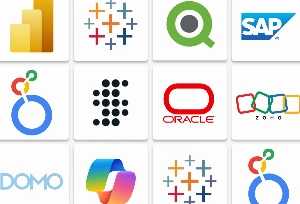#10 Augmented and Virtual Reality
AR and VR technology are on the rise, increasingly adopted across industries, and healthcare isn’t an exception. Either for hospital staff training or patient education, immersive experiences make all the difference today, offering the “extra” we’ve been waiting for in medicine.
Surgeons and medical practitioners use AR-enabled visualizations in terms of their training to practice surgeries on virtual bodies with absolute precision.
On the other hand, patients can use it to fight their fear of undergoing a critical surgery by creating realistic, immersive simulations that reduce anxiety and give clarity of the process.
VR also turns out to be helpful in mental health therapy and pain management – it simulates calming or therapeutic scenarios, helping patients relax, distract the brain from pain signals, and do guided meditation or mindfulness exercises with virtual instructors.
Example: Touch Surgery (by Medtronic). This mobile AR/VR surgical simulation app is used for interactive surgical training and step-by-step procedural walkthroughs.
XRHealth. The VR platform combines telehealth with immersive therapy, offering therapy for pain relief, anxiety, PTSD, ADHD, and physical rehabilitation, fully integrated with remote monitoring and clinician dashboards.
How to Capitalize on These Trends in App Development
Even the most high-end tech makes no sense until it is purposefully implemented to make a real impact and deliver meaningful value.
Above, we’ve covered the key mainstream technologies, defining the current healthcare sector and shaping its future. But how can product teams and developers effectively harness these healthcare app trends to build innovative, feature-rich, scalable solutions?
We share the 5 strategic focus areas for healthcare mobile app development for staying at the forefront of the most significant industry shifts.
Leverage AI and ML for Scalable Personalization
Artificial intelligence and machine learning help hospital teams move beyond generic medical solutions toward highly personalized, evidence-based care.
AI-powered algorithms analyze vast user health data and support tailored treatment plans and real-time symptom checking.
Machine learning models process behavioral, medical, and wearable data to predict health risks, personalize care plans and diet suggestions, or adjust medication intake.
Build for Interoperability and Cloud Integration
Develop your healthcare app with interoperability in mind. This means making sure it will seamlessly synchronize with other systems across your healthcare IT ecosystem, including EHR platforms and cloud storage.
Interoperability makes data flow between care providers, labs, and patients smoothly, streamlines telehealth workflows, and gives a holistic view of every patient.
Cloud infrastructure is what drives accessibility, collaboration, and cost-efficiency while supporting real-time updates across touchpoints.
Ensure HIPAA/GDPR Compliance and Data Protection
Prioritize strong data security from the outset with end-to-end encryption, secure user authentication, and data anonymization techniques. Consider blockchain integration to better protect medical records, ensure clearer audit trails, and avoid fraud or duplication. Last but not least, regularly audit compliance with HIPAA, GDPR, or local healthcare privacy laws to stay reliable and aligned.
Enhance UX with Conversational UI and Accessibility
Voice-assisted technology creates more opportunities to achieve extra personalization, intuitiveness, accessibility, and engagement. Given this, you can expand your app’s reach and provide high-quality care services to diverse groups of patients.
Integrate voice assistants and chatbots to guide users, check symptoms, refill prescriptions, answer common inquiries, or schedule appointments – this is especially helpful for elderly users or visually impaired ones.
Integrate APIs for IoT, EHR, and Wearables
Tap into the full potential of smart wearables, hospital record systems (EHR), and IoT-powered devices by connecting them to your app using APIs. With this, patients can share their health data with care providers in real time for better remote monitoring or chronic disease management. IoMT integrations also assist medical staff in more accurate, data-driven decisions and proactive care.
Challenges in Healthcare App Innovation
Although the healthcare app development trends covered in this article introduce numerus positive changes, they often come with certain considerations as well. These are areas that require particularly close attention to prevent them from escalating into serious problems that will affect patients, doctors, and healthcare institutions overall.
Regulatory and Data Privacy Constraints
Data privacy and compliance with industry-specific regulations are non-negotiable in healthcare tech solutions.
Robust security measures such as encryption, secure user authentication, role-based access control, data anonymization, and more not only protect high-value patient and clinical information from breaches and cyberattacks but also enhance user trust. Following relevant rules and guidelines like HIPAA, PHI, GDPR, etc., makes sure your app stays in line with laws and speaks for your reliability.
High User Expectations and Engagement Retention
Keeping users engaged and consistently using a healthcare app is quite a challenge. It takes balancing intuitive interfaces, captivating experiences, gamification elements, and specific healthcare apps’ features to encourage users to stick to their treatment plans, maintain healthy routines, or adopt new, positive habits.
Technical Complexity and Legacy Integration
Connecting mobile applications to the existing healthcare IT infrastructure is necessary to set up seamless operations and uninterrupted data exchange. However, tech teams might encounter issues if there are legacy systems posing limitations. Such outdated solutions often lack the required flexibility and compatibility, leading to data silos, manual data entry, and a growing risk of errors.
To avoid problems that potentially can hinder the effectiveness of advanced mobile apps, IT specialists use modern APIs or cloud platforms to manage bottlenecks related to legacy system integrations.
Lead the Digital Health Revolution — Start with inVerita Today
Embracing healthcare mobile app trends isn’t just about adopting high-end tech – most of all, it’s about taking medicine to the next level with personalized services, increased accessibility, better patient outcomes, and speed, accuracy, efficiency enabled by smart automation. Those who keep up with the latest industry shift, stay competitive, and build the future of technology-driven healthcare.
If you want to unlock the power of the best healthcare IT trends and navigate all the implementation complexities safely, we’re ready to support your initiatives. At inVerita, we focus on creating compelling solutions that make a real difference for healthcare institutions and their patients, ultimately propelling sustainable growth and optimization. Our healthcare app development company brings strong technical expertise, long-term experience, understanding of unique industry-specific challenges, and knowledge of the best practices and trends – all to make your vision a reality with top-tier quality and precision.
If you still don't have the right team for your healthcare development project, contact us now and let’s see how we can cooperate! 
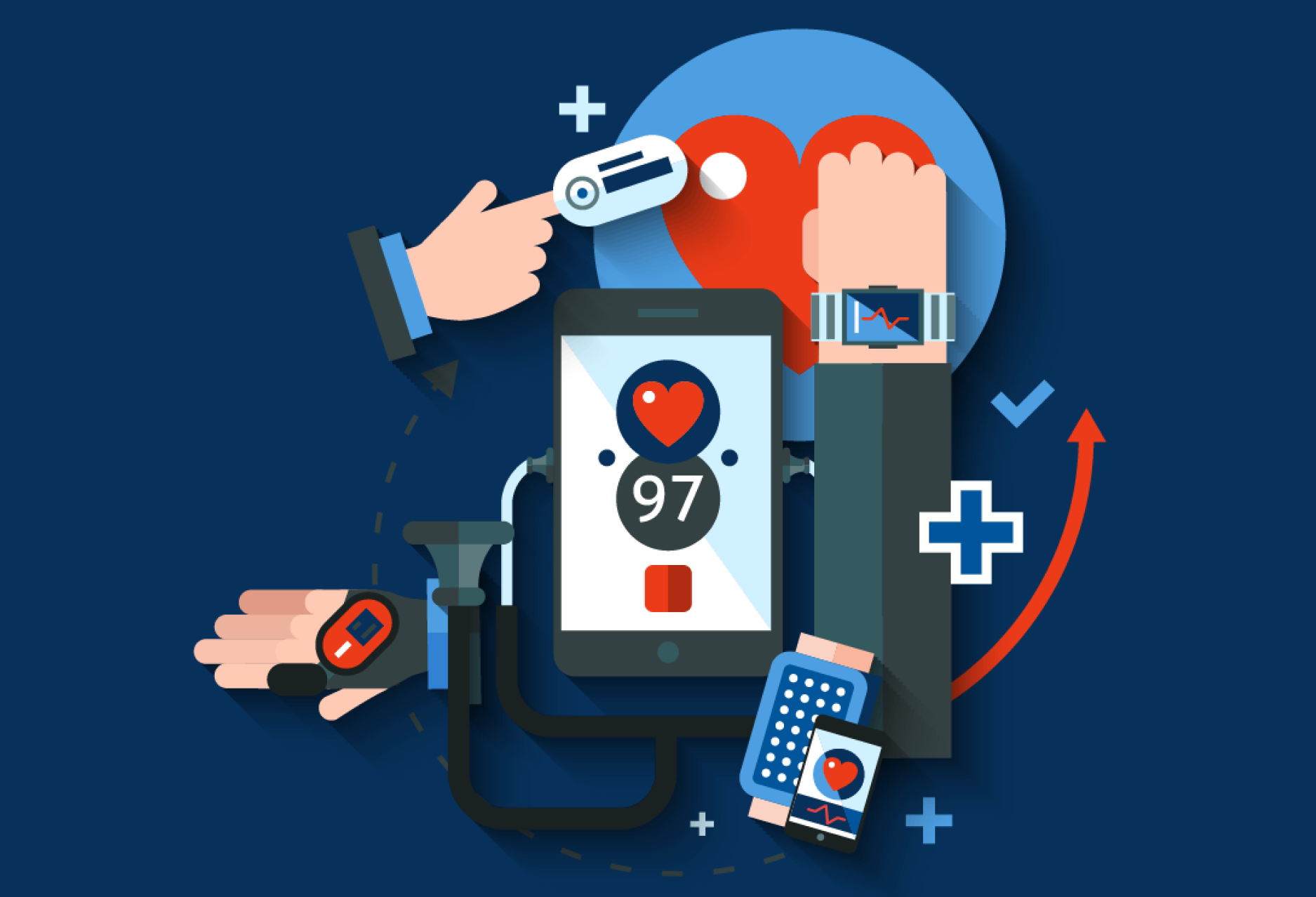


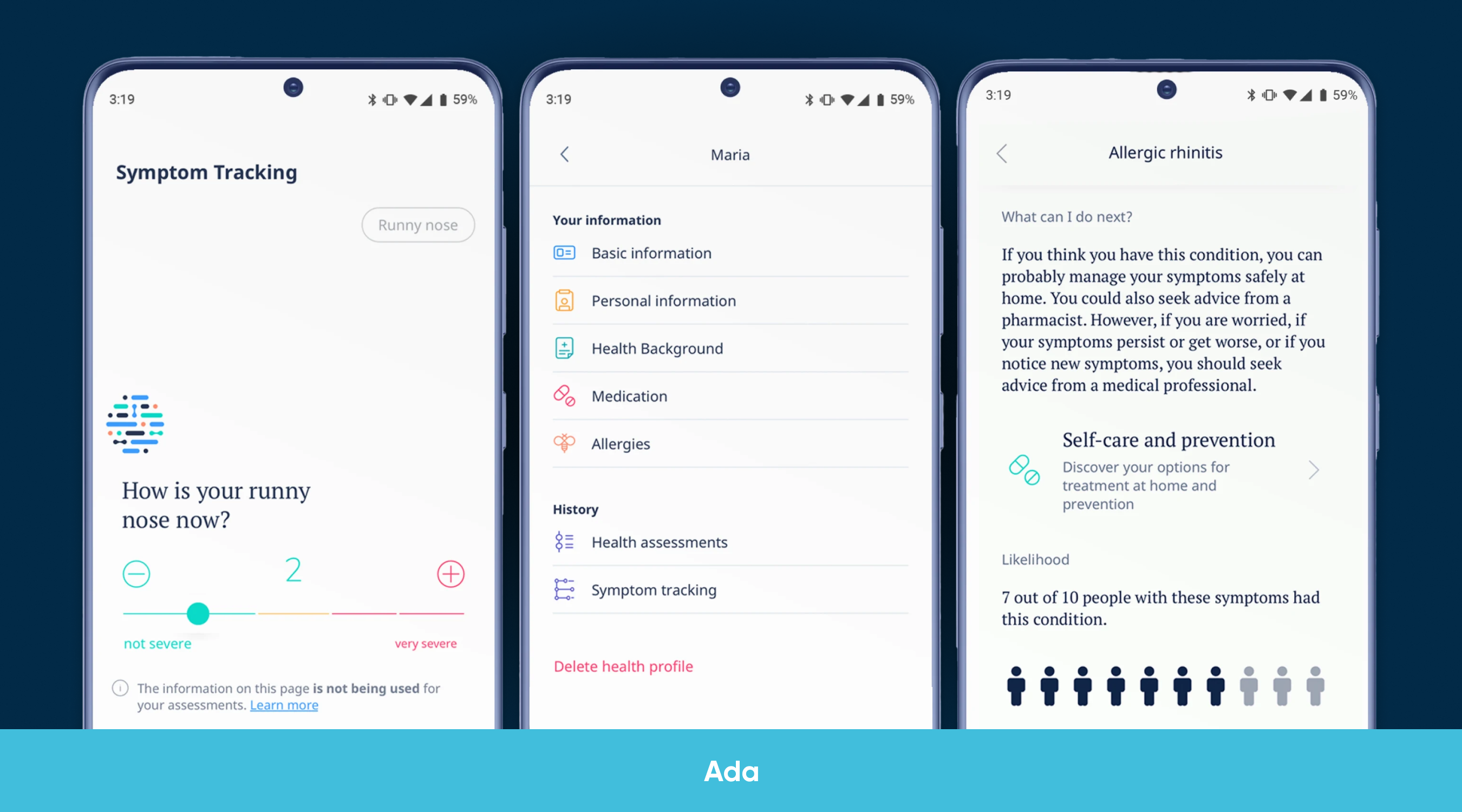
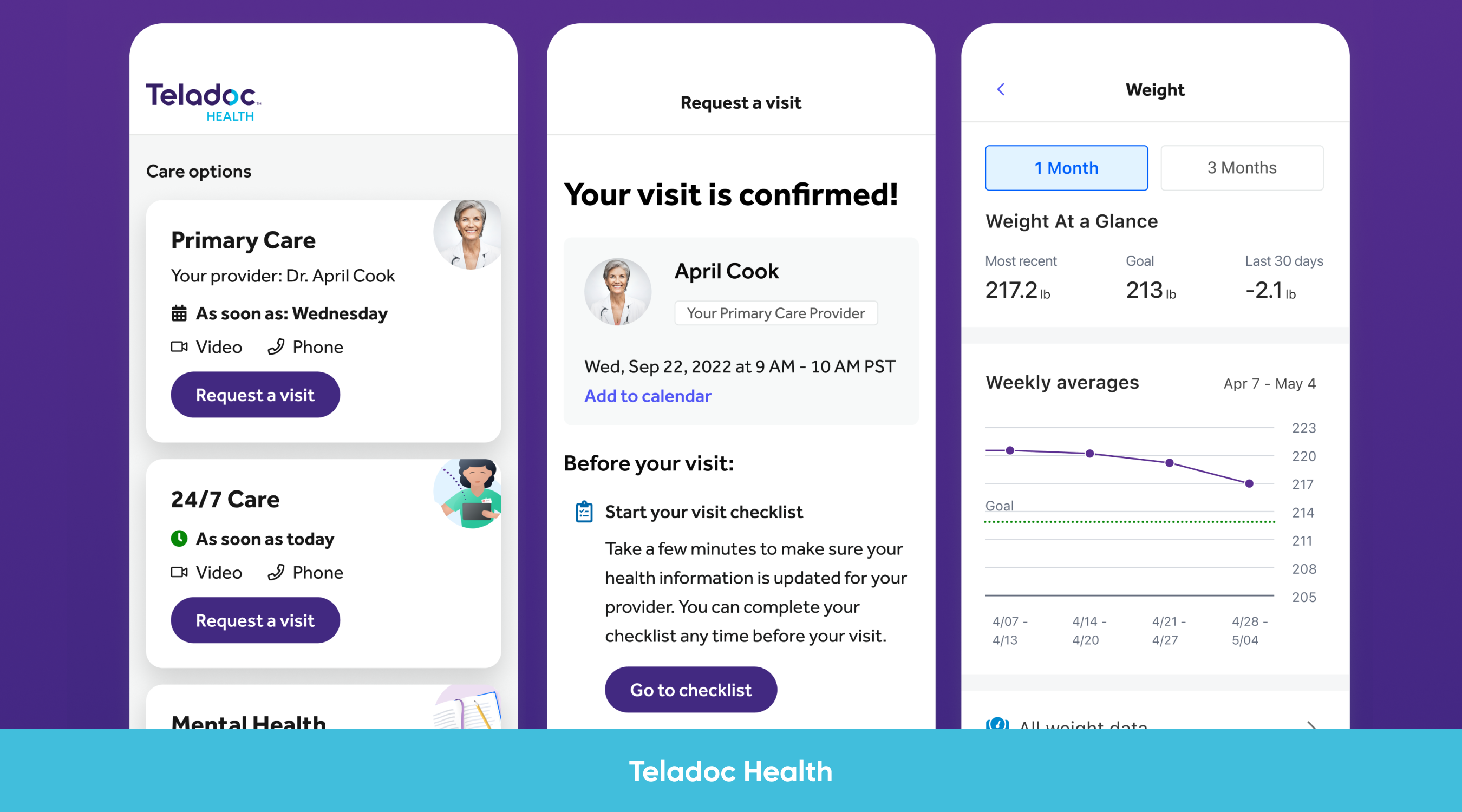
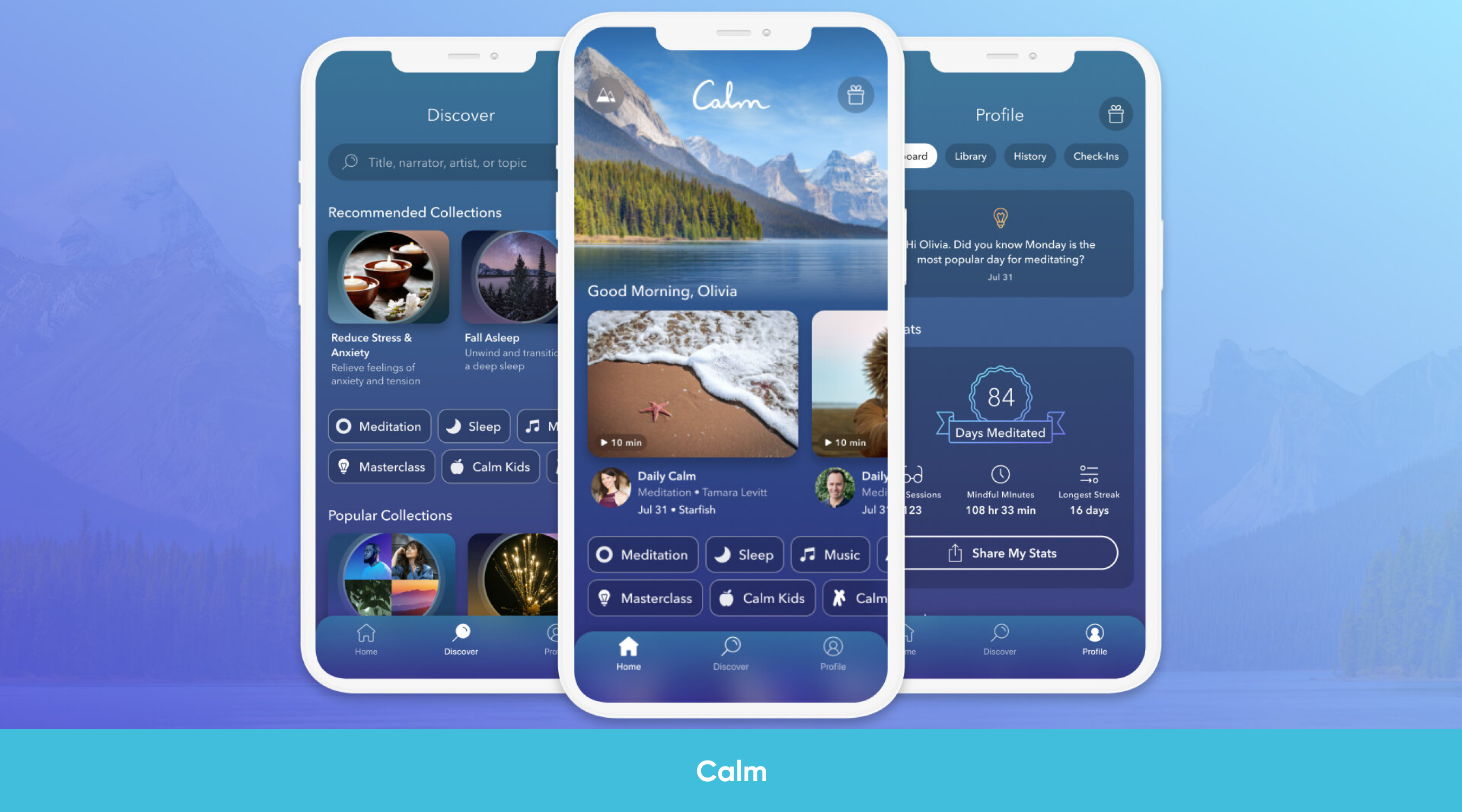

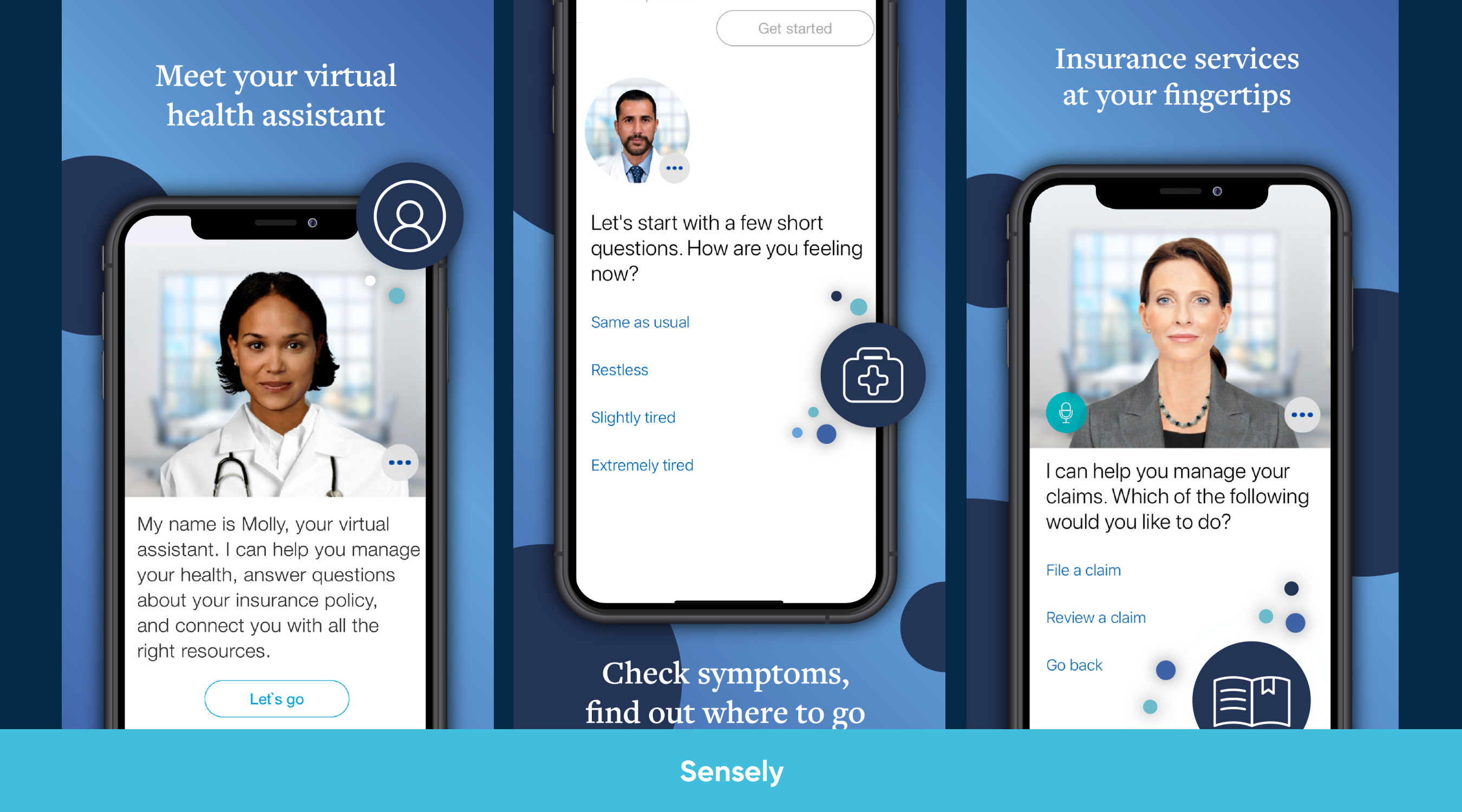
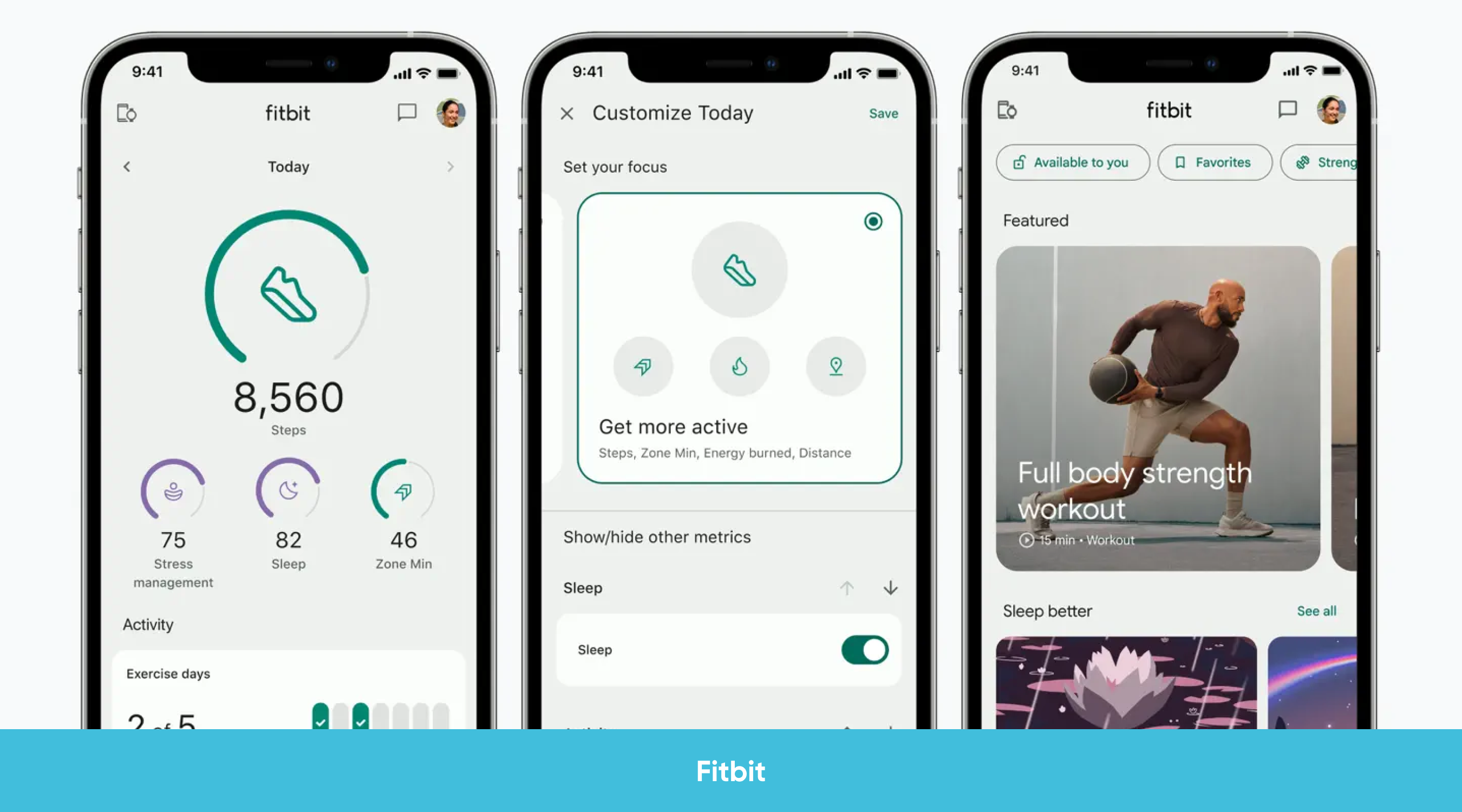
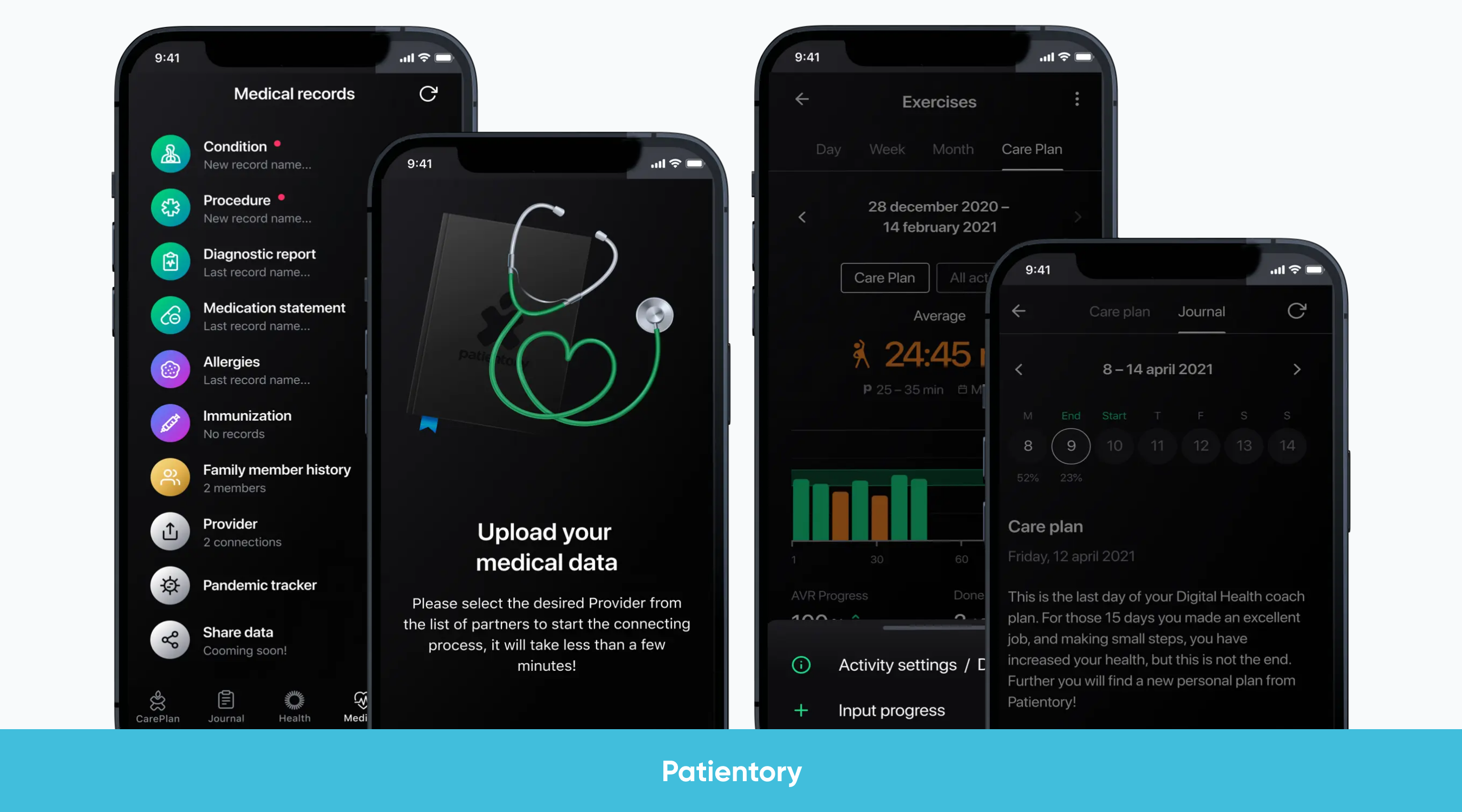
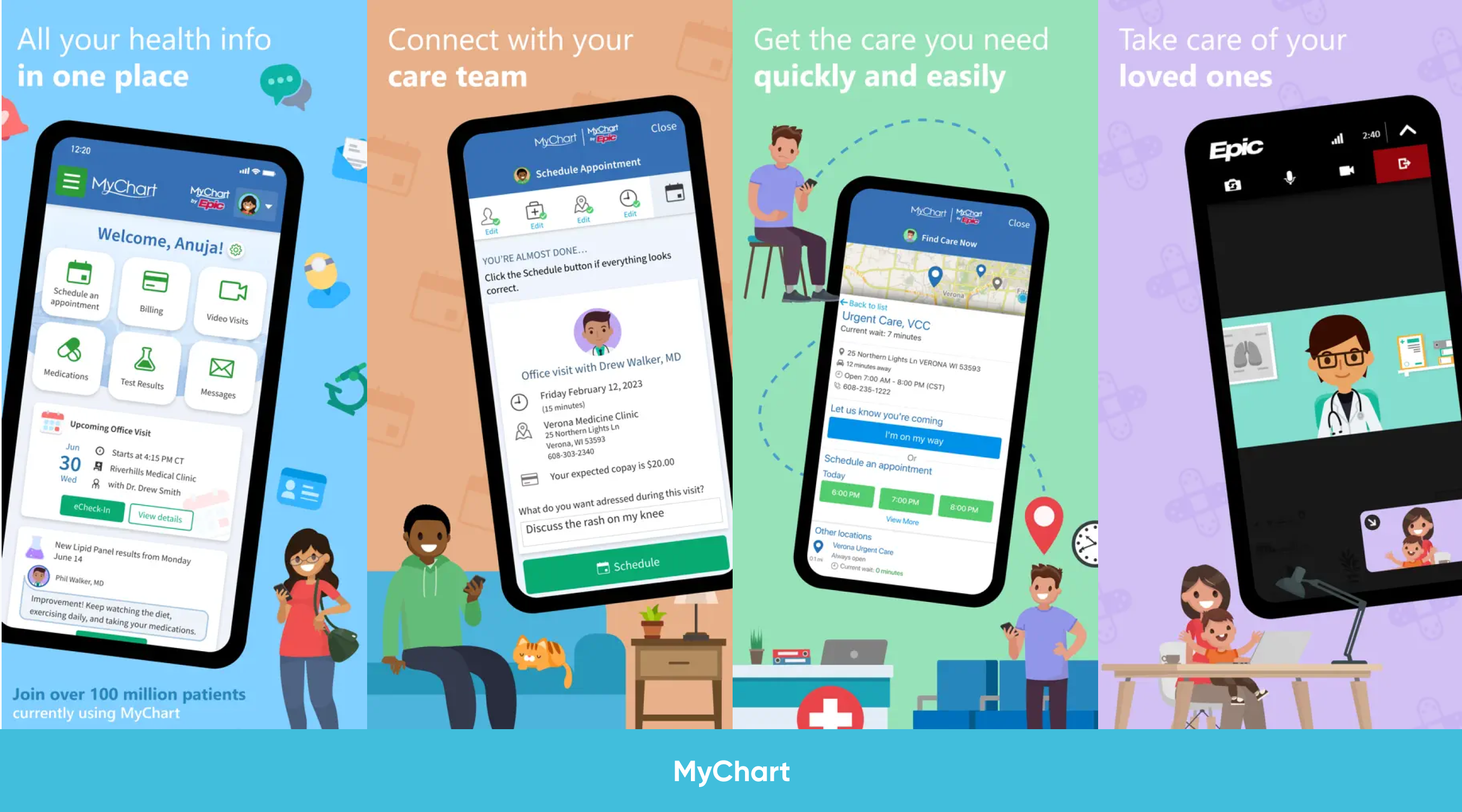
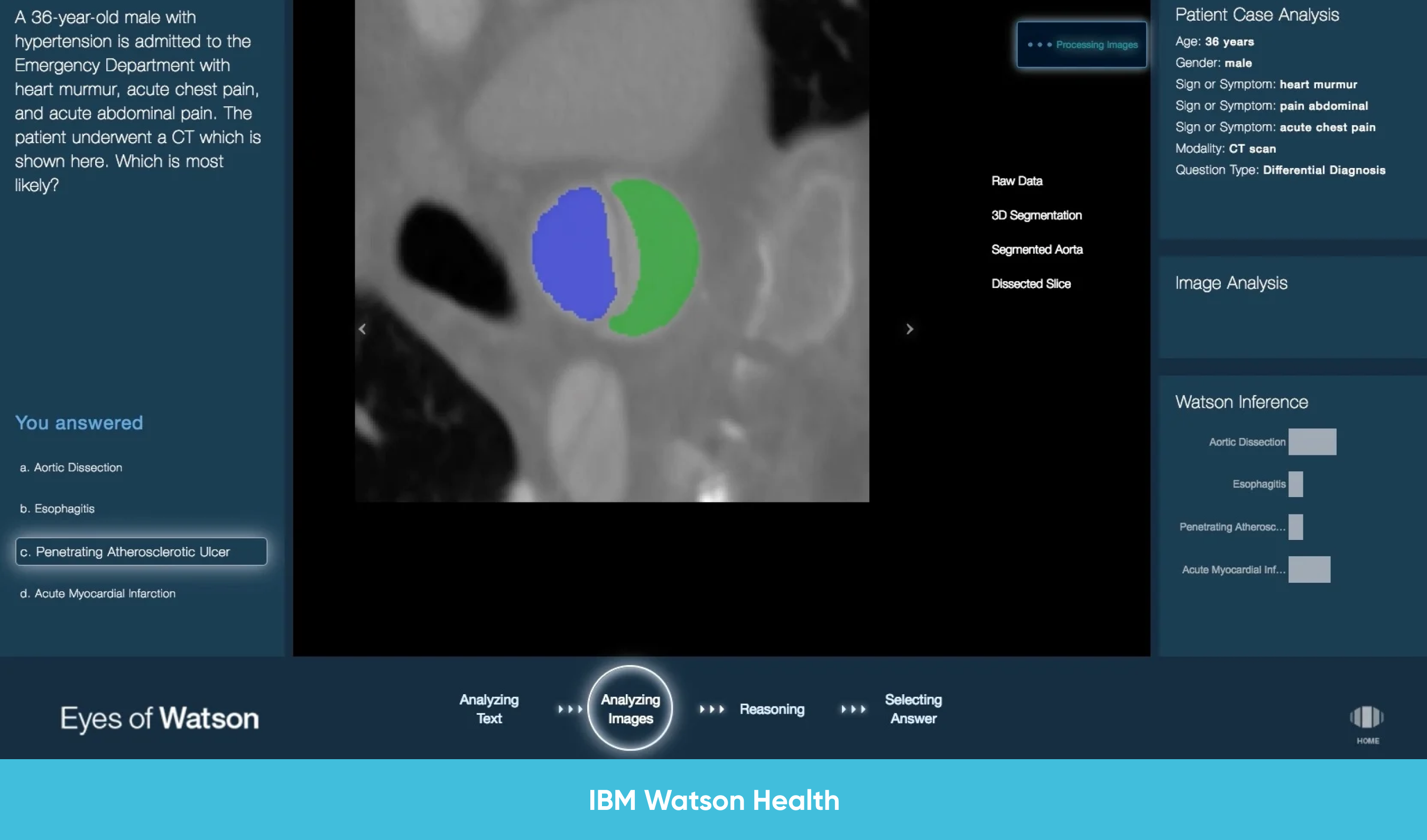

_1764586939-small.webp)
